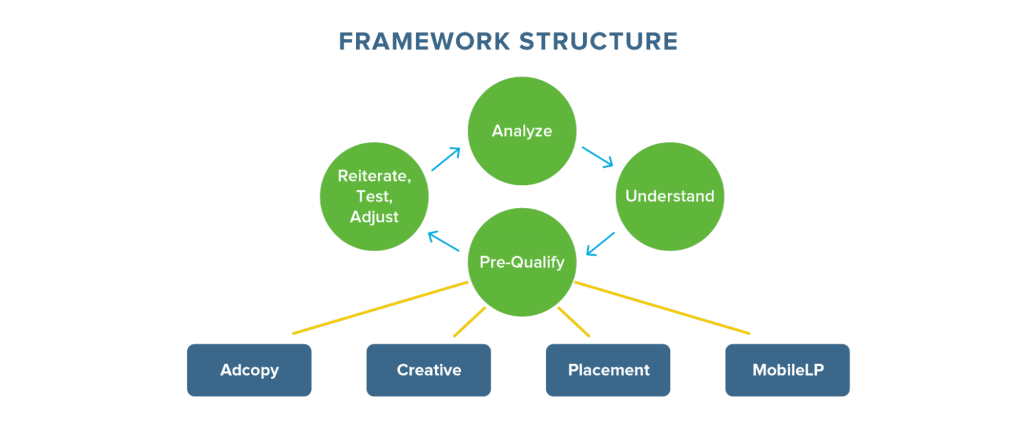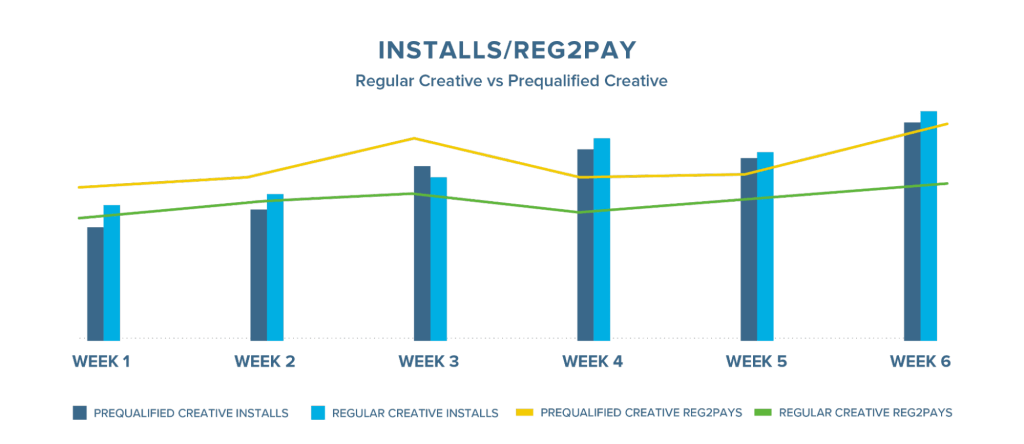
Pre-qualifying Users When Targeting Becomes Less Granular
Alexey Gusev is Lead Performance Marketer at Goodgame Studios, a Germany-based publisher creating free-to-play web and mobile games. First dabbling in digital marketing in Russia, Alexey moved to Germany to complete his master’s degree. His passion for gaming led him to Innogames, working on mobile video ads & native networks and UA for international & local social networks. In early 2021, Alexey joined Goodgame Studios to lead a team of UA managers.
Learn more about Mobile Hero Alexey.
ATT, SKAN, SKAD. Keywords every marketer has heard over and over in the last year. These words gave us all quite a headache, but still are a “gift that keeps on giving!” Even months after Apple’s ATT release there are plenty of uncertainties left to figure out.
But one thing is clear—we no longer receive the same level of granularity and data per user for marketing campaigns as before. Furthermore, it seems Google will be moving in a more privacy-centric direction in the coming years as well.
Which leads to a question: how do you target and find users in a more privacy-centric world—especially one where such powerful tools like VO/ROAS optimization and lookalike audiences might become obsolete? This is particularly important for apps that take longer to monetize and rely on heavy spenders to turn profitable.
One of the solutions I have to share is an old trick from the e-commerce/insurance/banking fields—pre-qualifying your users through the ads.
What Is Pre-Qualifying?
Pre-qualifying is the method of finding the users who are most interested in your app and are likely to monetize. To properly pre-qualify users, place ads conveying a message through an appropriate creative.
With pre-qualifying, a user who installed an app is more likely to take the next step in the funnel and convert to a paying user than a regular non-pre-qualified user.

How You Can Pre-Qualify Users
You cannot pre-qualify a user without understanding the profile of the paying user who is the most interested in the product/app you offer.
The first step is creating a user profile of your payers. It could be an empirical process using motivational models, or you can outline age/gender/interests/motivations using one of many analytics tools available. My go-to platform is Facebook Analytics and Audience Insights, which will, unfortunately, deprecate in June 2021.
Three Major Levers for Pre-Qualifying a User for Mobile App Campaigns
There are three powerful levers to master when interacting with your audience.
- Ad copy
- Creative/Ad format
- Placement
Essentially where, when, and how you are communicating. Slightly adjusting or updating any of the three levers yields a different result.
1. Ad Copy
Ad copy, usually an overlooked part of a creative, has proven to be a handy and powerful lever for performance. When you understand the user who values your product, figure out a set of unique identifiers to include in your ad copy. This helps you pre-qualify the user and make sure they convert to the next step of the funnel. Here are examples:
- Age
- Platform
- Interest
- Motivation
I used to be skeptical about ad copy with “If you are over 40 and you are interested in gaming, this top strategy game is for you!” But copy like this generated the best reg2pay rates for us in combination with the right creatives.
Let’s dissect the ad copy. Say you are trying to communicate gaming to a user over 40 who prefers playing strategy games. Will you only acquire this type of audience through the ad copy above? No. Would most of the audience you are interested in acquiring be greater than the one through a regular creative? Yes.
2. Creative/Ad Format
You could write a whole book when talking about creatives and how to create one that “sells.” In my experience, creatives with the biggest impact are always structured behind data you already have and by understanding past successful creatives.
A good starting point is tagging all produced creatives and gathering data for each tag. Divide your creatives into streams (general overarching topics), delivery method, graphic (2D/3D/CGI/live), and stand-out elements. From here, you gather knowledge and data at each level. Once you have an idea of what creatives perform best, the next step is to further understand what creatives work for each user profile/persona and how they differentiate from each other.
Similar to the ad copy, use the creatives themselves to pose questions that would act as a pre-qualifying condition and help you understand the performance of creatives better. A good example is Facebook poll ads, where you pair a creative story with an actual question and get answers in real-time.
The next step is testing and iterating, as well as confirming your assumptions across different channels.
3. Placement
Placement acts as an excellent pre-qualifying factor. Understand where the user you are looking for is more likely to be present—whether it is news sites (accessible through Taboola and Outbrain), gaming apps (accessible through a variety of video networks and DSPs), or social media (Facebook, Reddit, Snapchat).
Furthermore, there are important questions you need to answer:
- Where is the ad shown?
- What time is the likelihood of a paying user to interact with your ad the highest? Is it during or after work? Could it be on the weekend?
- Where on the page/app is the ad shown, and in what situation/context?
- What ad format are you using?
All these factors are crucial in understanding and increasing the efficacy of marketing campaigns.
4. Other Levers
Mobile landing pages are also a valuable tool. They provide opportunities to test new ideas like asking questions, bringing users to a converting landing page, or linking to a different app of your portfolio. Use all the levers simultaneously and you will have more users converting with higher conversion rates (registration to purchase).
Results
Pre-qualifying a user through your ad copy, creative, placement, or other levers will play a big role when granular targeting becomes less available in the future.For Goodgame Studios, we saw great value in pre-qualifying for user acquisition activities. Campaigns pre-qualifying users through ad copy alone offered 30% better CPPU than regular clicky ad copy (ad copy aimed at boosting click-through rates). We marginally increased the CPIs, which in the end provided an uplift of 40% for campaign ROAS.

To sum up, my framework for pre-qualifying users:
- Analyze your paying user: in-game surveys, reviews, audience insights platforms.
- Understand their needs: which need/interest does a user have? How does your product satisfy this need?
- Pre-qualify users through your user acquisition campaigns:
- Ad copy
- Use different identifiers: age, platform, interests, place
- Pose questions related to the need of the user
- Creatives
- Tag and understand the current status quo
- Create appropriate creatives for your marketing personas
- Placement
- Understand key placement identifiers of a converting user: time, place, ad format.
- Adjust your user acquisition strategy with findings.
- Mobile Landing Page
- Deliver information on your product specifically designed to satisfy the needs of your paying users.
- Multi-app portfolio approach: gather information (e.g. gamified questionnaire) about the users on the landing page and funnel them to an appropriate product/app.
- Reiterate, test, and adjust the levers
2021 was a year of groundbreaking changes and new opportunities to the online marketing environment. Opportunities arose to reinvent, go off the beaten track from what was tested and done for several years, and learn and adapt from different industries. Pre-qualifying users could be an approach that contributes to your marketing strategy, used to overcome the challenges of our increasingly privacy-centric world.
Read the latest blogs from Mobile Heroes and join the Mobile Heroes Slack Community to chat with mobile marketers worldwide.